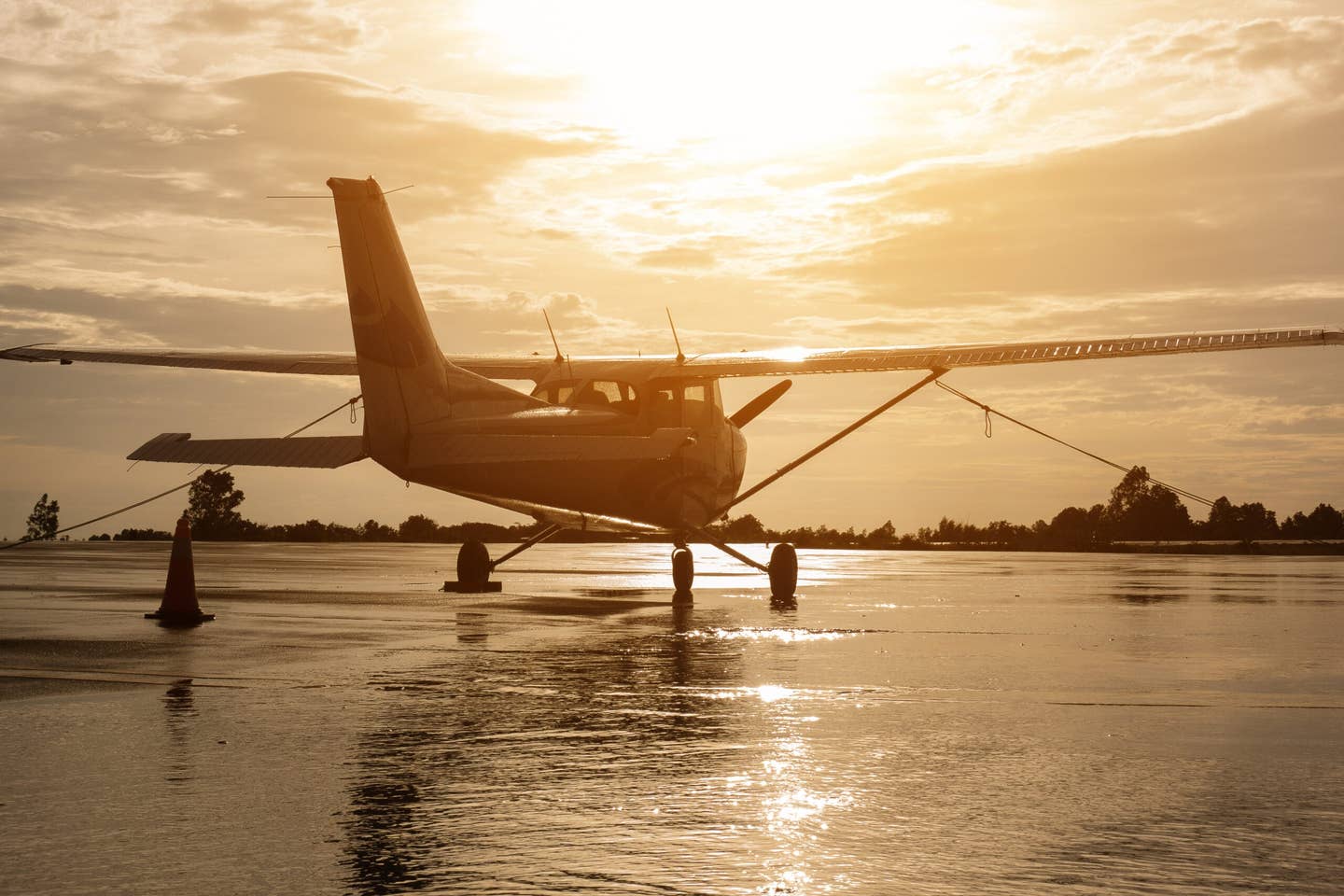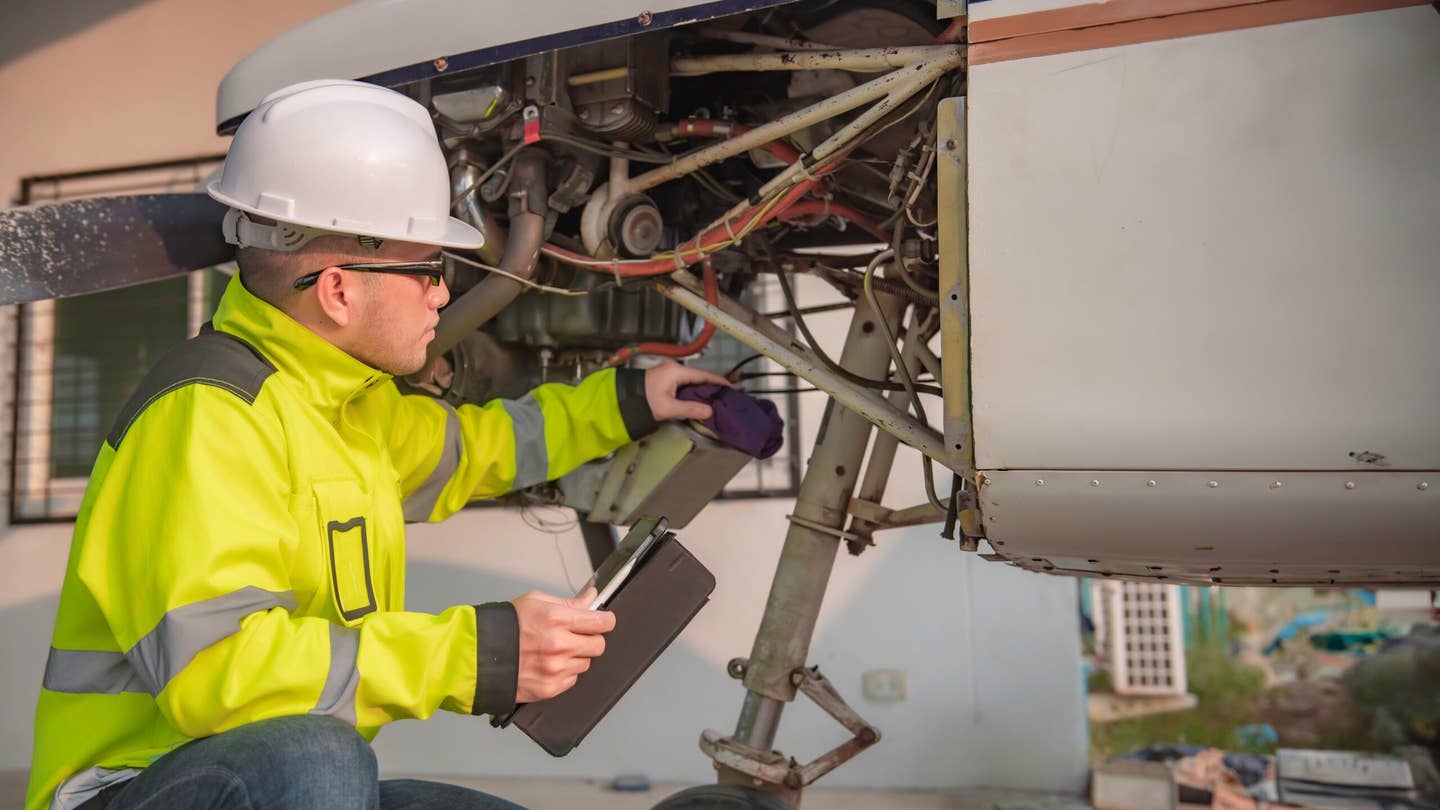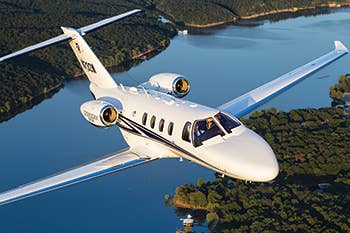Mixed Reality Simulation Offers New Training Options for Current, Future Pilots
Redbird makes high-quality aviation education an option for kids across the nation.
Flight training standout Redbird Flight Simulations announced its newest training offering—a mixed reality simulator—at EAA AirVenture Oshkosh 2024. The product utilizes innovative technology to create a truly modern training option in a format that is already somewhat familiar to people with virtual reality experience.
The new training device will make it possible for current and future pilots to experience a livestream version of what is happening outside the cockpit of an aircraft, while still being able to see their own hands manipulating the training device when looking down.
During AirVenture Redbird Flight Simulations CEO Todd Willinger and vice president of marketing Josh Harnagel talked about the new product, which is slated to be commercially available by the end of the year.
“It is like virtual reality and augmented reality had a baby, and now it's mixed reality,” Willinger said.
Schools across the nation are taking an increased interest in preparing students for futures in flying, and Redbird has a growing presence in the K-12 school environment, including career technical education.
“High schools are starting to invest in flight simulation to build the pilot pipeline,” Willinger said.
Many children have experience with virtual technology through video games, making the new mixed reality simulator a natural and attractive training tool for learning.
“Kids are using these devices at home, so it becomes a natural expansion into the training environment,” Willinger said.
Redbird hosted a Sim Lab for middle and high school students attending AirVenture. The company offered daily classes covering a wide range of aviation topics—from aerodynamics to weather. The demand for this type of offering further illustrates the next generation’s growing interest in flying.
“Education is really important and we want to get people interested in aviation as early as possible,” Willinger said.
Beyond educating tomorrow’s pilots, Redbird’s new mixed reality device offers a wealth of benefits for those already in the field. For many adults, however, the technology behind this new way of learning is more foreign.
“It will be interesting to see what sort of adoption occurs in the traditional flight training environment,” Willinger said.
Many organizations—including the U.S. military and commercial airlines—have already started to incorporate mixed reality into the training protocols. This early adoption points to a continuously growing demand for mixed reality flight training options across all different pilot demographics.
Redbird has been on the cutting edge of simulation technology since its inception in 2006. This is largely because the company was created by flying enthusiasts with a passion for making aviation more accessible via modern technology.
“Those of us that started the company didn’t have a background in aviation business, and I think that helped us,” Willinger said. “We looked at things differently than a traditional aviation would have.
Redbird leadership’s nontraditional viewpoints have helped the company stay dedicated to their mission and continue innovating for almost 20 years.
Click here to learn more about how Redbird is working to make flying more accessible.

Sign-up for newsletters & special offers!
Get the latest FLYING stories & special offers delivered directly to your inbox

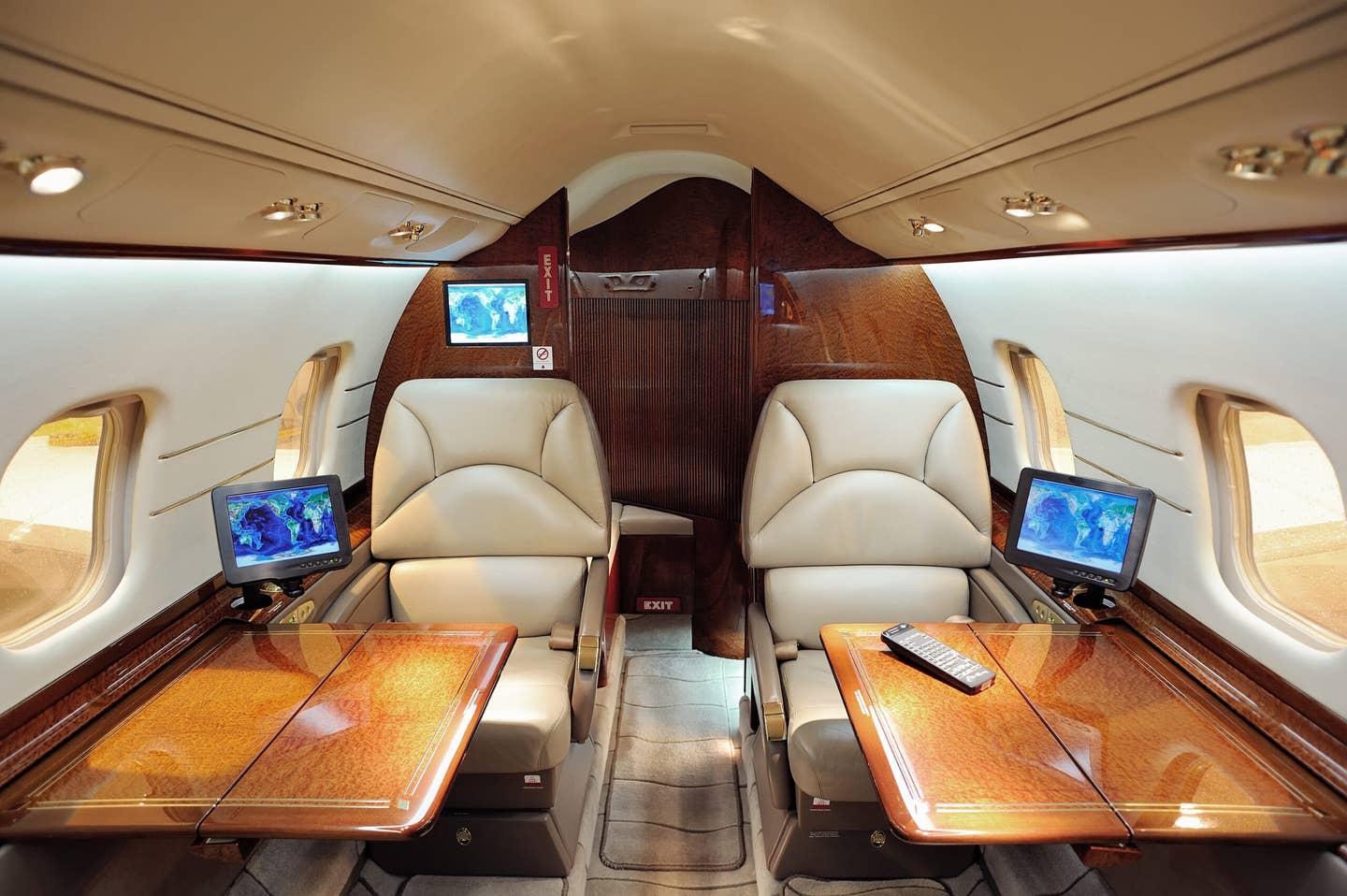
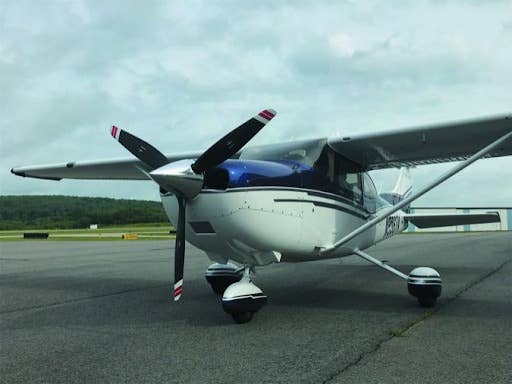
![[PILOT AND SNELLEN CHART PIC]](https://www.flyingmag.com/uploads/2022/11/2022-FlyingMag.com-Native-Advertising-Main-Image--scaled.jpeg?auto=webp&auto=webp&optimize=high&quality=70&width=1440)
